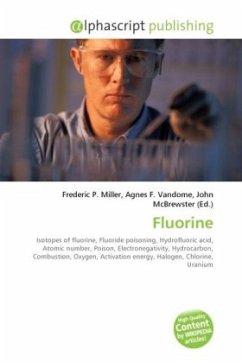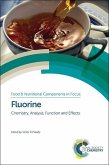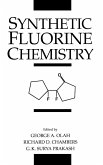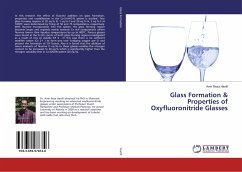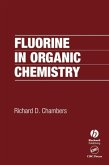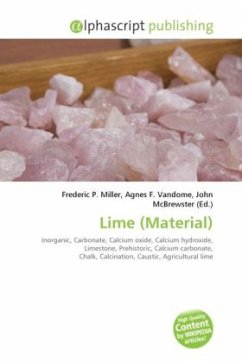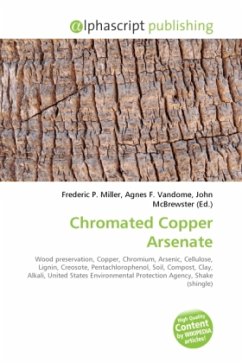Fluorine is the chemical element with atomic number 9, represented by the symbol F. Fluorine forms a single bond with itself in elemental form, resulting in the diatomic F2 molecule. F2 is a supremely reactive, poisonous, pale, yellowish brown gas. Elemental fluorine is the most chemically reactive and electronegative of all the elements. For example, it will readily "burn" hydrocarbons at room temperature, in contrast to the combustion of hydrocarbons by oxygen, which requires an input of energy with a spark. Therefore, molecular fluorine is highly dangerous, more so than other halogens such as the poisonous chlorine gas. Fluorine's highest electronegativity and small atomic radius give unique properties to many of its compounds. For example, the enrichment of 235U, the principal nuclear fuel, relies on the volatility of UF6. Also, the carbon fluorine bond is one of the strongest bonds in organic chemistry. This contributes to the stability and persistence of fluoroalkane based organofluorine compounds, such as PTFE/(Teflon) and PFOS. The carbon fluorine bond's inductive effects result in the strength of many fluorinated acids, such as triflic acid and trifluoroacetic acid.
Bitte wählen Sie Ihr Anliegen aus.
Rechnungen
Retourenschein anfordern
Bestellstatus
Storno

